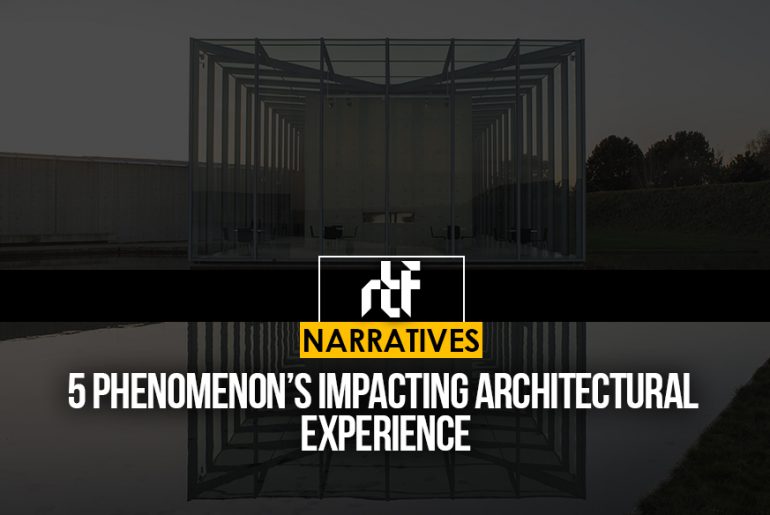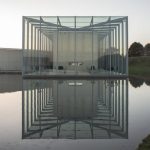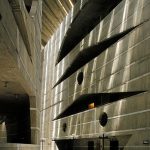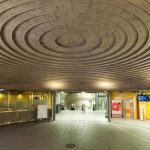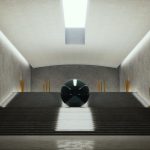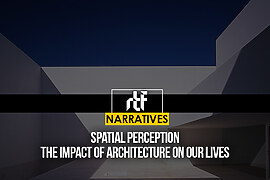Have you ever been in a space that sparked your imagination through your cognition? Where the light effect gives you a sense of transcendence. Perhaps a space where the clear water allowed you to see everything around you, or more.
Architecture stands to design a physical space, and when designing a space as an architect, we are also implicitly designing an experience. We are then operating not only in a physical structure but also in the human brain and nervous system. Heidegger, a German phenomenologist, believes that “human immediacy should not be forgotten”. The sense of belonging or proximity is fundamental to the human experience. Things’ tactical, cognitive, and sociological familiarity aid in appreciating the experience of nearness. It is the architect’s role and duty to trade in the aspect of human experience, to create spaces that induce specific cognitive experiences in humans through buildings. In architecture, phenomenology explains why and how this consciousness is important. It serves as a foundation for viewing the world around you as well as a means of understanding oneself.
Phenomenology in Architecture
Phenomenology in architecture emerged after World War II, when modernism was heavily criticised. It was a reaction to the postwar housing scenario. It stated that architectural construction should be more experiential. Nowadays, architecture is more concerned with form-making than with creating experiences. Making forms was a dominant theme in modernism, postmodernism, and contemporary theories. It should be based on the movement of the body, as architecture is perceived – as the body moves through different spaces. The only way to understand the meaning of a building, according to phenomenology, is through experience. The experience here is the result of a collision between perception and action. It is also influenced by the environment in which we live. The constant interaction with buildings shapes the experience of our everyday world and defines the core of one’s perception.
‘Subjectivity’ is a major construct of human experiences. Every being is unique and distinct in his or her own way. As a person grows older, he develops his own, subjective thoughts and ideas. Because of his own reasons and past experiences, he tends to like or dislike certain things. As a result, subjectivity always influences what a person perceives and experiences. Furthermore, what he perceives and experiences influences his subjective thoughts. This is from a loop in a human’s life. As a result, an architect must be sensitive to the factors that affect the space’s users. This, in a way that is not tangible, the buildings we built shape us and have been shaping our individual development of subjectivity from the very beginning.
According to Heidegger, phenomenal zones guide our daily experiences. He claims that these phenomenal zones are the realms where things are thought to reveal their true essence. They serve as a catalyst for the phenomenon to occur. When the zones are well articulated and designed, the phenomenon appears to be stronger.
The five phenomenal zones that helps in experiencing architecture are:
1. Inside-Outside Connection
Architectural elements or spaces establish the relationship between inside and outside. Tadao Ando believes that the wall, as an architectural element, is the most fundamental element in establishing this connection. They create domains and spaces and prepare an inside by separating the outside. As a result, a window in a wall creates a link between the outside and the inside. The world outside can be seen through a frame, making us feel like we’re a part of it. It allows light to shine through and provides frames that provide views of the landscape outside or elsewhere. This connection determines how much of the outside is visible from inside and vice versa. The relationship between these two domains adds character and helps shape our environment.
The openings that frame the outside world for us account for a large portion of what we experience in a building. Glass walls, for example, create the illusion that the outside has been transferred inside.
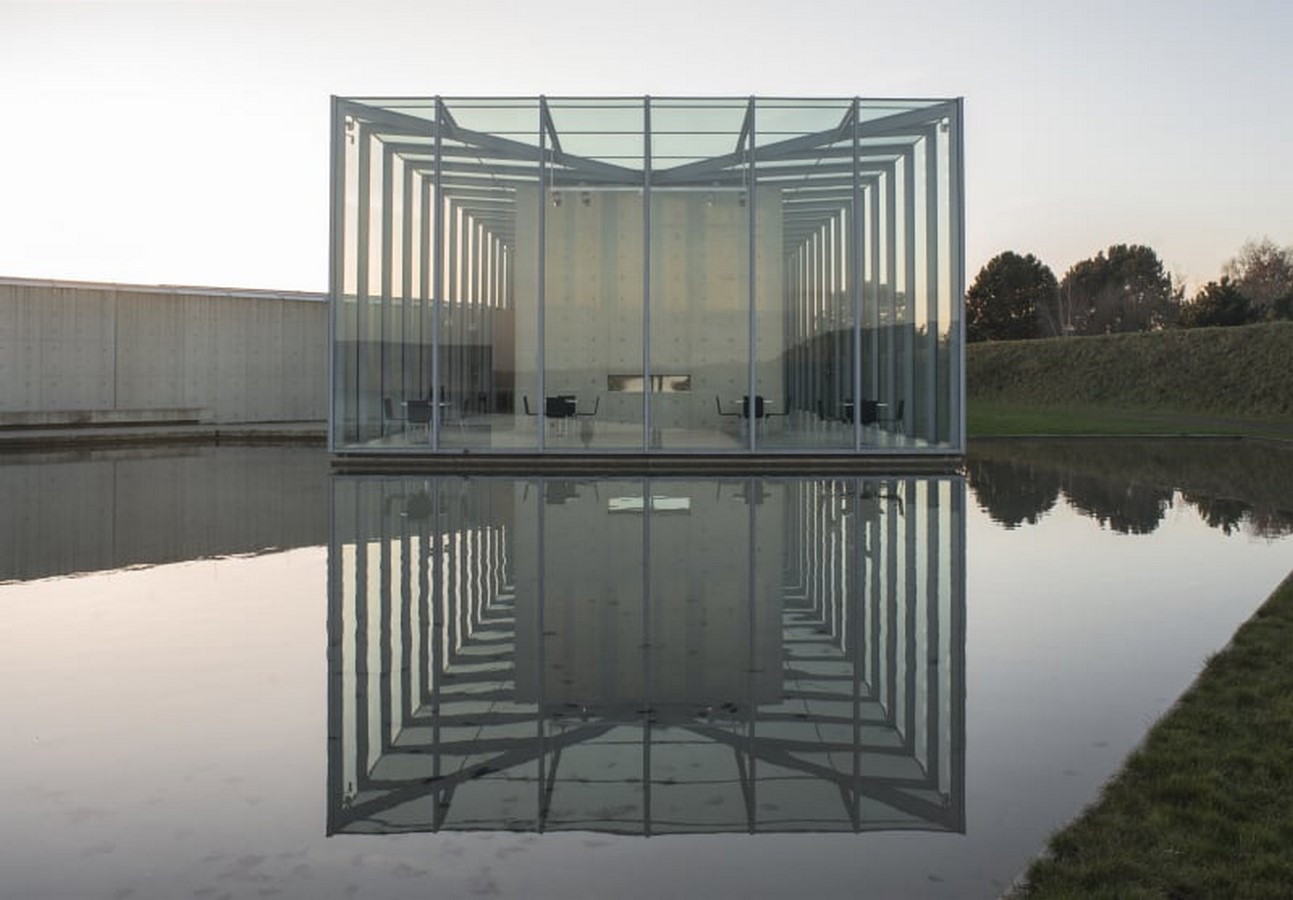
2. Light and Shadow
The interplay of light and shadow strengthens the architecture’s metaphysical strength. The properties that help shape the experience are solids, voids, transparencies, translucencies, opaqueness, and so on. Light is the source of all beings, and the shadow adds depth to it. They are the primary animators of interior spaces, and it is similar to a sensory experience that adds to the excitement of creating spaces with special effects. Light and shadows interact to play an important role in the phenomenon’s self-manifestation. It also improves the overall atmosphere by adjusting the ambiance and mood of the space. According to Ar. Tadao Ando, in order to perceive the world, both darkness and light are required. They strengthen and weaken each other, just as darkness aids the light in manifesting its essence.
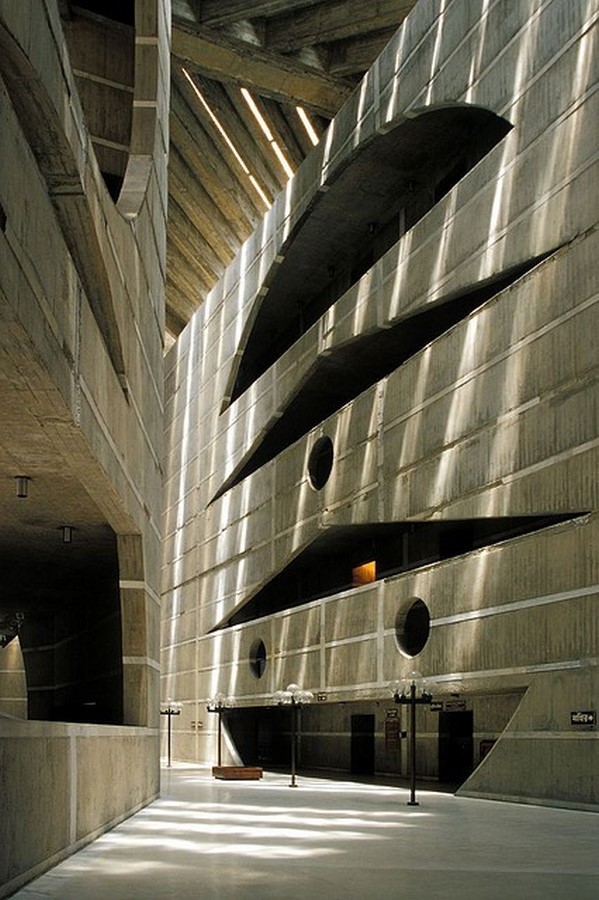
3. Sound
We can measure space using the power of sound; our ears assist in measuring space as sound bounces off the walls, allowing us to interact with the space around us.
The echo that bounces off the dark theatre space aids in navigating the space. Through imagination, one can carve out a volume that has aided in the tracing and measurement of a space. When the space allows us to interact through sound, we feel a sense of connection and solidarity.
The architect-designed spaces could be redefined by focusing on the resonant sounds, vibrations, and materials and textures used. Sound is absorbed and perceived by our entire body. Architectural spaces, like music, surround us and are unavoidable. We are constantly surrounded by the spaces that we occupy. As a result, spaces designed with the sense of sound tend to enhance the user’s architectural experience.
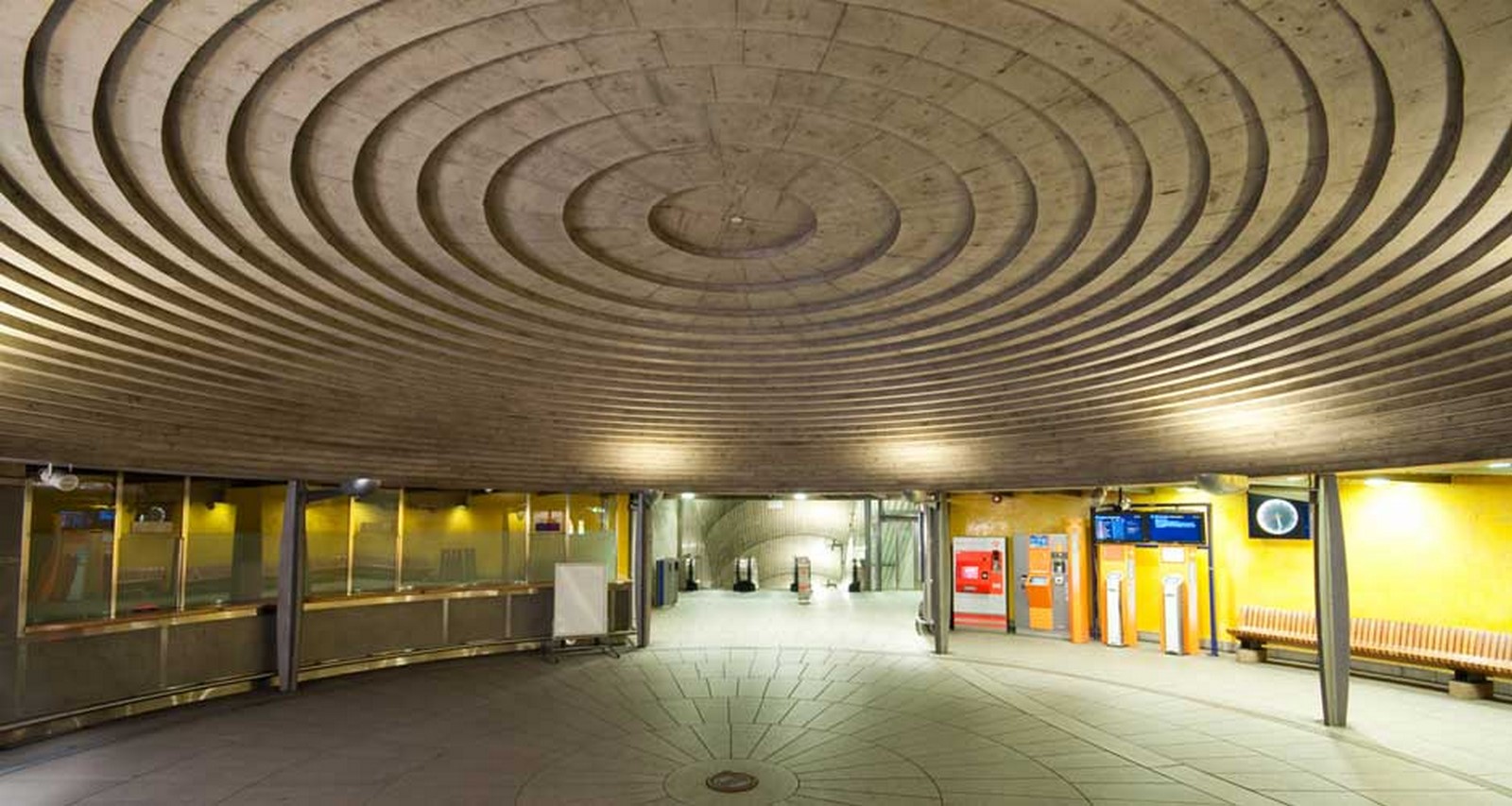
4. Scale and Proportions
The Greeks were concerned about how their buildings were perceived, so they studied proportions to create masterpieces that placed all of the senses through the touch of the eye. As a result, they designed Parthenon almost entirely in curves to correct the eye. According to Steven Holl, just as a human can fine-tune music to the finer version of his taste, he can also fine-tune architecture by fine-tuning the proportions. Such architectural sensibilities will allow for the development of finer designs. Because the spaces usually have humans in and around them, the human element becomes a kind of measuring unit. The scale of space with respect to the human being can be judged as Normal Scale, Intimate Scale, or Monumental Scale.

5. Materials
An architect has the ability to give the materials in a space a poetic nuance. He must comprehend the essence of the material in his hands in order to compose, shape, and, finally, give meaning to space. The same material can be used in a variety of ways to convey different meanings in various contexts. They have their own rich and complex language, which changes over time by gradually evolving. The materials used in a building have the potential to bring the building to life.
Tadao Ando, for example, attempts to achieve a sense of immateriality by going beyond materiality. He accomplishes this by utilising bare concrete in all of its serenity and coolness. When the metaphysical, poetic light touches, it allows you to transcend into a soft transparent area.

References:
- Mette Aamodt (2017). Designing the experience of Space. [online]. Available at: www.slowspace.org/designing-experience-of-space/
- Mahindrakar, N. (2018). Architectural Experience. Masters level. Centre for Environmental Planning and Technology


